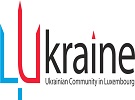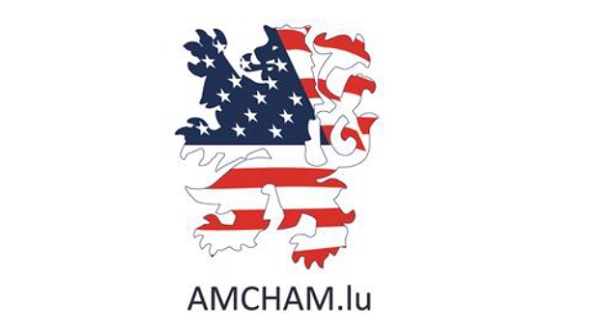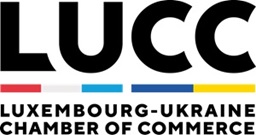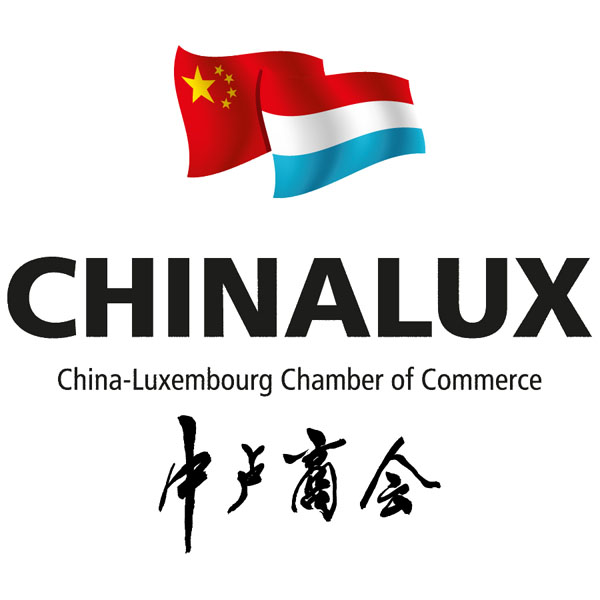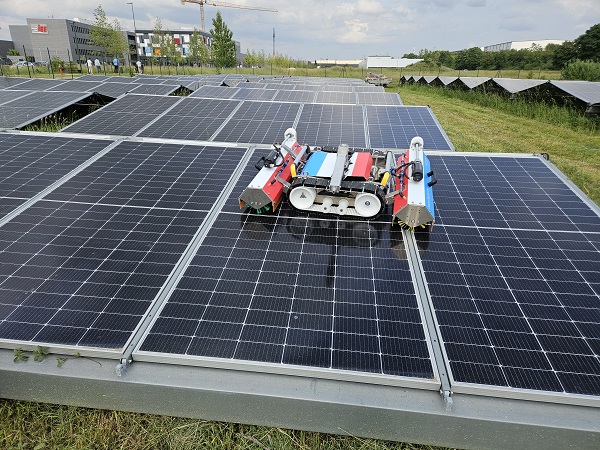 SolarCleano test site in Bissen;
Credit: Jazmin Campbell, Chronicle.lu
SolarCleano test site in Bissen;
Credit: Jazmin Campbell, Chronicle.lu
On Tuesday 3 June 2025, Luxembourg-based robotics company SolarCleano inaugurated its new robotic solar panel maintenance test site in Bissen, in the presence of Prince Guillaume, Hereditary Grand Duke of Luxembourg.
Described by the company as “a major step forward in [its] commitment to driving sustainable innovation in the renewable energy sector”, the new site is designed to enable real-world testing of SolarCleano’s full range of robotic cleaning solutions across various panel types and layouts. Developed with the support of the Luxembourg government and the municipality of Bissen, this purpose-built facility is expected to enhance the performance, reliability and long-term sustainability of solar panel maintenance technologies.
The inauguration brought together representatives from government ministries, the national innovation ecosystem and climate stakeholders. Following opening speeches by SolarCleano CEO Christophe Timmermans, Luxinnovation CEO Mario Grotz and Bissen Mayor David Viaggi, there was a ribbon-cutting ceremony, as well as live robot demonstrations and a site tour.
In his speech, Christophe Timmermans reflected on the company’s journey since its creation in 2017, beginning with a “simple but ambitious idea”. Thanking Luxembourg's Ministry of the Economy and other partners, he emphasised the role of institutional support and said the country's startup ecosystem held “immense potential”. Looking ahead, Mr Timmermans highlighted plans to expand into markets such as China and India, stressing the need for “reliable, robust and high-performance solutions”.
Luxinnovation CEO Mario Grotz emphasised the broader significance of the project within Luxembourg's startup ecosystem. He noted how Luxinnovation supports companies such as SolarCleano based on four pillars: inspire, evaluate, connect and finance.
Mayor David Viaggi welcomed SolarCleano to the “economic hub” of Bissen. Tracing the site’s development since the early 1970s, including its evolution into an automobility and innovation campus, he noted the alignment between SolarCleano's focus on innovation, research and sustainability and the goals of the municipality of Bissen.
Chronicle.lu had the opportunity to speak with Mayor David Viaggi and SolarCleano co-founders, CEO Christophe Timmermans and CTO Pol Duthoit, at the event, to learn more about the local impact of the new test site in Bissen and the company's global ambitions.
Asked about the significance of SolarCleano’s presence in Bissen, Mayor Viaggi said: “For us, it is important that we have Luxembourgish firms that come here to Roost, Bissen - the whole industrial centre here. At the beginning, it was all about the automobility campus, but for me, it's an innovation campus. Anybody who does good stuff and good R&D is welcome here, and I'm happy that the Ministry [of the Economy] also thinks that way.”
He reflected on the transformation of the site over the decades: “It was industrial in the 1970s and, with the change of the economy, we managed to change from industry to manufacturing [and] R&D”. The mayor recalled that Bissen is home to the high-performance computer (HPC) MeluXina, among other innovations. “It's a good spot,” he said.
From the perspective of SolarCleano's co-founders, the Bissen test site is a game-changer for R&D in solar maintenance robotics. In terms of supporting the company's broader mission, CTO Pol Duthoit said the site was strategic in that “we can develop new products and we don't have to go anywhere to test it”. He explained that the company has different kinds of installations including ground-mounted installations, as well as the imitation of different roof types to test various robots and conditions. “It's very important for us to test different robots here in Luxembourg,” he said. “This avoids us [having] to fly to the desert, for example, to the Middle East, to Australia. We can test many different things.”
CEO Christophe Timmermans added that while the Bissen site cannot replicate every condition, it allows for rapid and impactful innovation: “We are not going to replace a desertic solar plant in Bissen, but at least it enables us to test a lot of new things and to adapt the test site so that it fits local requirements best. It enables us to iterate in terms of R&D much quicker because we are in very innovative topics.” He elaborated: “We use GPS, we use new technology coming from the automotive industry, such as LiDAR, which are the eyes of the robots. All these devices are relatively new and they need to be tested. Having such a site enables us to be faster in testing these new devices and integrate them more quickly into our robots so that they can be [market-ready].”
The conversation turned toward the technological challenges and innovations shaping SolarCleano's next-generation robotics. Pol Duthoit noted that the early robots were fairly simple, not requiring much technology, “just motors and electrical engineering”. For newer robots such as the B1, the company is developing the technology further using RTK, IMU, GPS code on its LiDARs, as well as artificial intelligence (AI).
“We are also developing further predictive maintenance [and] using machine learning,” the CTO explained. “GPS is very important for us also because we have no data and we receive data from our robots”. He noted that the dashboard and data in Luxembourg help them know when to stop and start cleaning, as well as to efficiently manage one or more robots (fleet management). “Technology is very, very important for us,” he emphasised.
Looking to the future, Christophe Timmermans outlined SolarCleano's ambitions for scaling up internationally. He noted that 50% of the company's turnover comes from outside Europe, adding: “The growing markets are definitely the big desertic regions, which are very attractive because the land is very cheap and the sun irradiation is very strong. It's the perfect combination to install solar. The growing markets are Australia, China, Middle East, North Africa and the Atacama Desert. These are the main regions where a solar cleaner needs to expand”.
He emphasised the strategic importance of the Chinese and Indian markets, in particular, with “China having deployed 50% of the worldwide capacity of solar energy”. “These two countries are our biggest potential markets. We need to enter these markets if we really want to scale,” he said. “Being in China is a must because the solar energy sector is driven by Chinese companies. We are among the few European players that are really successful in this sector. We also need to liaise at the root of our industry, which is clearly located in China”. In addition, he noted that the large power plants in China “have a lot of soiling issues, which means that we really bring value to Chinese governmental entities which are running these power plants”.
“We hope that we can soon open these markets in an extensive way. We plan to potentially open assembly lines in these countries,” he shared. “Because there is protectionism, but also because the cost of raw material is cheaper. We would produce for less”. Mr Timmermans acknowledged the importance of capacity: “If we want to serve the Chinese market, we need capacity because the potential there is so huge that we wouldn't be able to serve this market from Luxembourg”.
SolarCleano's CEO concluded: “The mid-term strategy is really to implement SolarCleano in these regions - also with subsidiaries and strengthening our partnerships with the local governments.”
Despite being a small company in a small country, SolarCleano has big global ambitions for the future.









